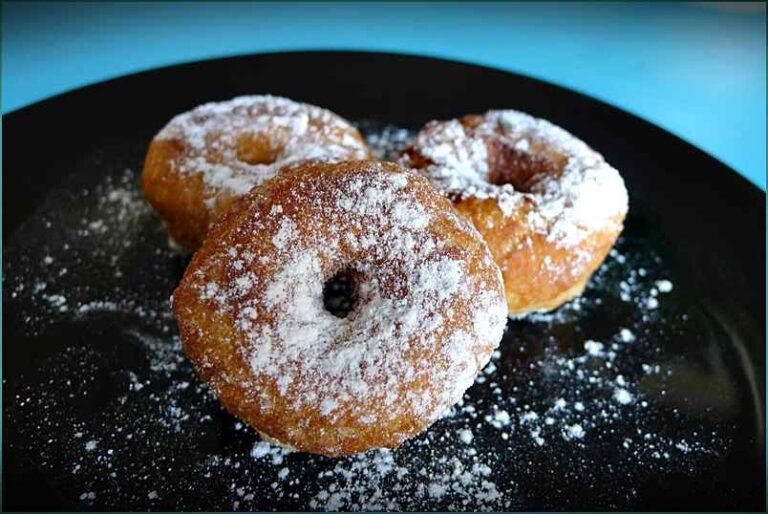Introduction: Tanzanian Cuisine
Tanzanian cuisine is a unique blend of African, Indian, and Arabic influences. It is characterized by the use of spices, herbs, and aromatic ingredients in its dishes. Tanzanian cuisine is diverse and varies according to the region, with the coastal areas being influenced by the Arabic and Indian cultures and the interior regions being influenced by the African cultures. The cuisine features a variety of dishes that are spicy, savory, and sweet.
Traditional Tanzanian Desserts
Tanzanian cuisine is not well-known for its desserts, but there are a few traditional sweet treats that are worth trying. These desserts are simple but delicious, and they reflect the country’s cultural heritage. They are typically made from locally sourced ingredients such as coconut, sesame seeds, and honey.
Maandazi: Sweet Fried Dough
Maandazi is a popular Tanzanian dessert that is similar to doughnuts. It is made from a dough that is flavored with cardamom and coconut milk and then deep-fried until it is golden brown. Maandazi can be eaten on its own or served with tea or coffee. It is a simple yet satisfying dessert that is perfect for satisfying a sweet tooth.
Kaimati: Fried Dumplings in Syrup
Kaimati is another popular Tanzanian dessert that is made from dough. It is made from a dough that is flavored with cardamom and then deep-fried until it is golden brown. The dumplings are then soaked in a syrup made from sugar, water, and saffron. Kaimati is usually served hot and is a sweet and satisfying dessert that is perfect for special occasions.
Mkate Wa Ufuta: Sesame Seed Cake
Mkate Wa Ufuta is a traditional Tanzanian cake that is made from sesame seeds and honey. The cake is dense and sweet and has a nutty flavor from the sesame seeds. It is typically eaten as a snack or as a dessert and is often served with tea or coffee.
Halua: Sweet Porridge with Coconut and Cardamom
Halua is a sweet porridge that is made from coconut, semolina, and cardamom. It is a popular dessert in Tanzania and is often served during Ramadan. The porridge is cooked until it is thick and creamy and is then flavored with cardamom and sweetened with sugar. Halua is a comforting and satisfying dessert that is perfect for cold nights.
In conclusion, while Tanzanian cuisine is not well-known for its desserts, there are a few traditional sweet treats that are worth trying. These desserts reflect the country’s cultural heritage and are made from simple but delicious ingredients. Maandazi, Kaimati, Mkate Wa Ufuta, and Halua are just a few examples of the sweet treats that are enjoyed by Tanzanians.

